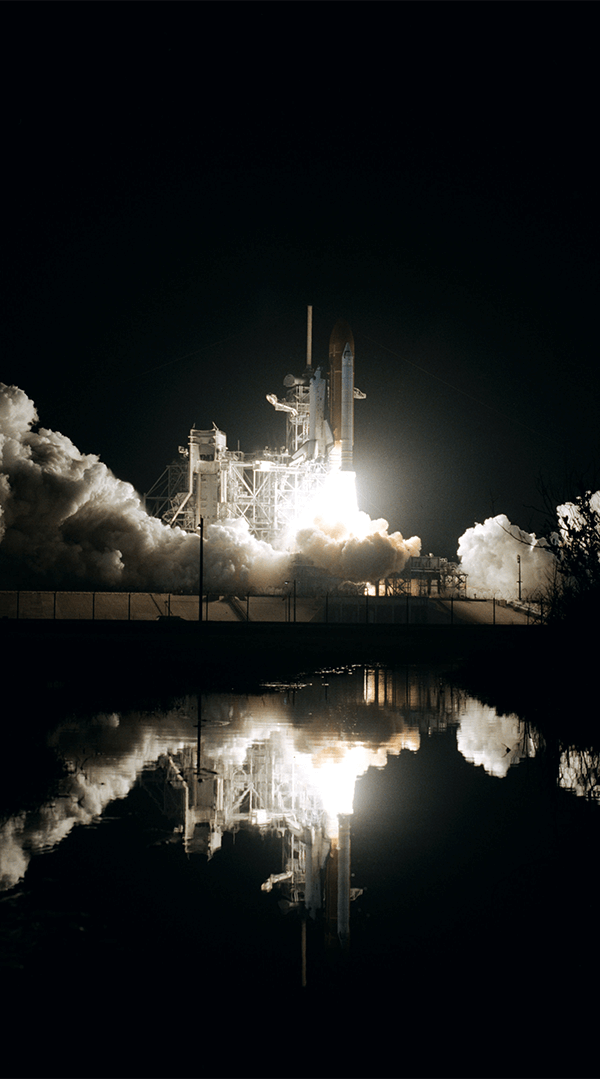ALLpaQ Innovation Company News
Why choose ALLpaQ for your fluid management needs?
Why choose ALLpaQ for your fluid management needs? Companies in the biopharmaceutical, biochemical and food production industries often look to […]
Nov 12th, 2025


In the business world, some trends can be difficult to predict. This is particularly so as the technological landscape is changing faster than a genetically modified cheetah.
That’s why you don’t have to be Nostradamus to know that in 2017 we’ll see some changes to the supply chain.
So what trends reside on the horizon for your business?
Each passing year sees advances in technology that automate manual processes. Last year, Amazon developed drone technology. Likewise, other big players like Google and Apple invested in driverless technology. It will only be a matter of time before the need for traditional haulage is drastically reduced.
The continuing growth of e-commerce means that consumers have more choice than ever before. This is not only increasing profits, it is increasing demand on supply chains. Retailers are therefore being forced to make huge improvements to delivery times in order to compete.
This is putting a huge strain on shippers and retailers who will need to make even bigger investments in 2017 to make sure that they can offer the delivery speed that their customers are demanding.
Whilst this technology is yet to be perfected for mass production, for some suppliers 3D printing may enable them to offer faster turnarounds and quicker deliveries. If a company, for example, is based within Europe but sells equipment thats replacement parts are manufactured in China, then 3D printing could potentially enable them to print their own spares and dramatically cut down delivery time and shipping costs.
These trends underscore the need for all supply chain managers to prepare for the changes to come. It means both embracing and investing in the right technological advancements.
What plans do you have to modify your supply chain in 2017?